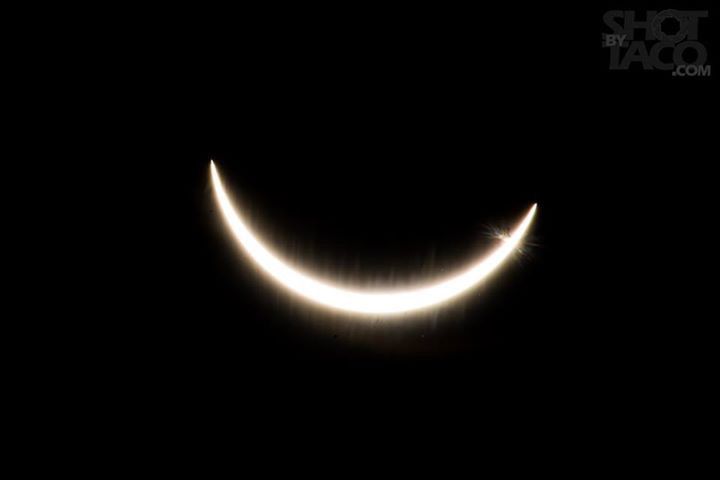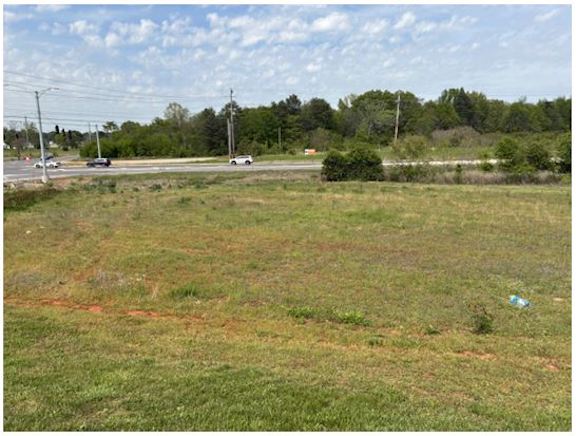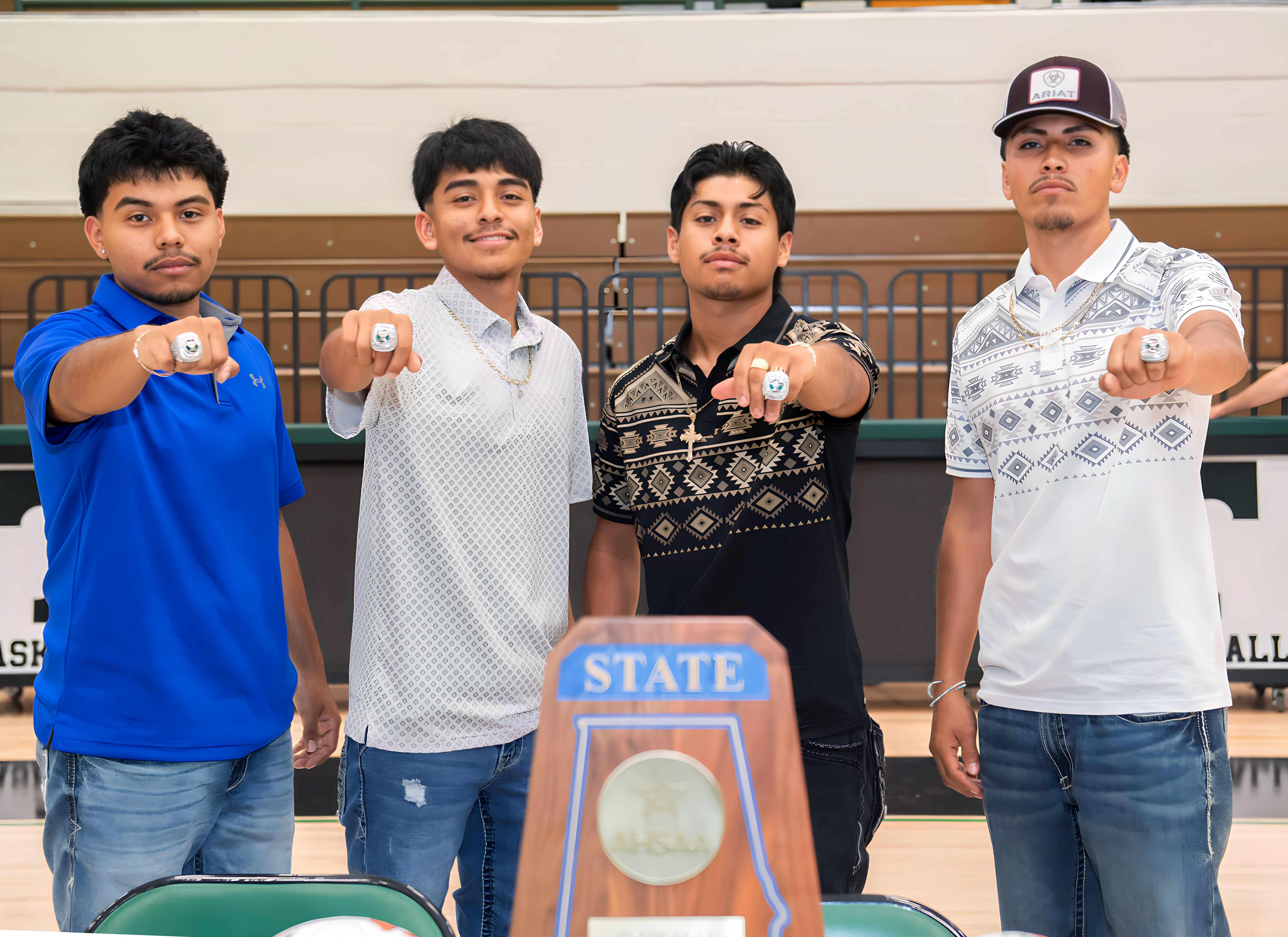ECLIPSE 2017: Nation pauses to witness rare sight w/photos
Published 6:45 am Tuesday, August 22, 2017

- Limestone County resident Jeremy “Taco” Patterson took this stunning shot of Monday's partial solar eclipse. The event dazzled residents, dappled sidewalks with crescent suns, and triggered the courtships songs of crickets and cicadas.
While some Alabamians were crossing the border into Tennessee for a better look at Monday’s solar eclipse, kids and adults alike donned safety glasses and patiently waited for the sun and sky to darken shortly after 1 p.m.
Schools in Athens and Limestone County had previously announced intentions to turn the eclipse into a learning experience for students, and most teachers pulled out all the stops.
Trending
At the SPARK Academy at Cowart Elementary School, lab facilitator Jennifer Kennedy blew a whistle to signal when to put the glasses on, look up at the eclipse and look away from the eclipse. Many students were asked to record their experiences in notebooks.
Some students even had special jobs during the eclipse. Fourth-graders recorded changes in temperature. They later reported that the temperature had dropped more than 10 degrees since students first gathered outside.
Parents and teachers were seen explaining parts of the eclipse and reminding students to protect their eyes and record what they experienced.
Kennedy used a megaphone to further direct the crowd, calling their attention to things like the lack of noise from birds, increase in noise from insects and amount of time left until the sun was as blocked as it would get.
At one point, students thought they spotted a second star in the sky. The alleged star turned out to be a weather balloon released by a class at Athens High School.
Effects on nature
Trending
As the shadow over the sun grew larger, strange occurrences were reported in Limestone County and elsewhere. In West Limestone, a farmer’s rooster began gathering up chickens, trying to put them on the roost for what he thought was nighttime. While some birds grew quiet, other flocks were unsure of whether to keep flying or bed down.
Citizen scientists monitored animal and plant behavior as day turned into twilight. About 7,000 people streamed into the Nashville Zoo just to watch the animals’ reaction and noticed how they got noisier as it got darker.
Those looking down at the ground may have also noticed the shadows of the leaves had a crescent-shaped pattern, much like the sun as the shadow passed over.
A historic event
Monday’s was the first coast-to-coast solar eclipse in nearly a century. In the Blackburn community, 101-year-old Ruth “Mother” Baker viewed the eclipse from her home. She was 2 years old the last time a total solar eclipse covered the entire mainland United States on June 8, 1918.
The last total solar eclipse in the U.S. was in 1979, but only five states in the Northwest experienced total darkness. The next total solar eclipse in the U.S. will be in 2024. The next coast-to-coast one will not be until 2045.
The path of totality passed through 14 states, entering near Lincoln City, Oregon, at 1:16 p.m. EDT, moving over Casper, Wyoming; Carbondale, Illinois; and Nashville, Tennessee, and then exiting near Charleston, South Carolina, at 2:47 p.m. EDT.
It was the most-observed and most-photographed eclipse in history, with many Americans staking out prime viewing spots and settling onto blankets and lawn chairs to watch, especially along the path of totality — the line of deep shadow created when the sun is completely obscured except for the ring of light known as the corona.
NASA reported 4.4 million people were watching its TV coverage midway through the eclipse, the biggest livestream event in the space agency’s history.
“It can be religious. It makes you feel insignificant, like you’re just a speck in the whole scheme of things,” said veteran eclipse-watcher Mike O’Leary of San Diego, who set up his camera along with hundreds of other amateur astronomers gathered in Casper, Wyoming.
John Hays drove up from Bishop, California, for the total eclipse in Salem, Oregon, and said the experience will stay with him forever.
“That silvery ring is so hypnotic and mesmerizing, it does remind you of wizardry or like magic,” he said.
NASA solar physicist Alex Young said the last time earthlings had a connection like this to the heavens was during man’s first flight to the moon, on Apollo 8 in 1968. The first, famous Earthrise photo came from that mission and, like this eclipse, showed us “we are part of something bigger.”
NASA’s acting administrator, Robert Lightfoot, watched with delight from a plane flying over the Oregon coast and joked about the NASA official next to him: “I’m about to fight this man for a window seat.”
— Associated Press aerospace writer Marcia Dunn contributed to this report.





